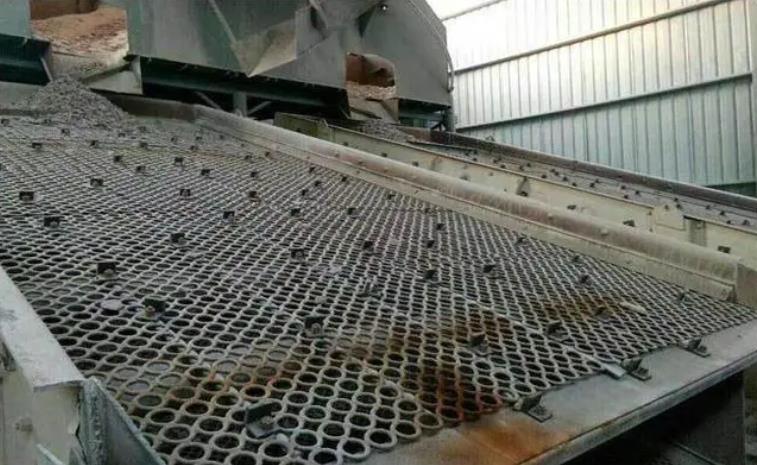The Importance and Application of Quarry Vibrating Screen Mesh in the Quarrying Industry
A quarry vibrating screen mesh plays a crucial role in the quarrying industry, where the separation and classification of various rock and mineral sizes are key to effective operations These specialized screens
A quarry vibrating screen mesh plays a crucial role in the quarrying industry, where the separation and classification of various rock and mineral sizes are key to effective operations. These specialized screens are designed to endure the challenging conditions of quarry sites, where high impact and constant vibrations are part of daily activities. Their ability to handle large volumes of material efficiently makes them indispensable in the processing of aggregates for construction, road building, and other industrial applications.

Construction and Material of Vibrating Screen Mesh
Typically, vibrating screen meshes are constructed from high-tensile steel or stainless steel, offering exceptional durability and resistance to wear and corrosion. In a quarry setting, where abrasive materials such as gravel, stones, and crushed rock are processed, the screens must withstand heavy loads and repetitive friction. Steel is commonly chosen for its tensile strength, ensuring longevity even in demanding environments. For specific needs, such as dealing with highly corrosive materials, stainless steel is preferred due to its resistance to rust.
Function and Efficiency
The main function of a quarry vibrating screen mesh is to separate various sizes of materials. Through the vibrating mechanism, the mesh allows smaller particles to pass through while larger pieces are retained for further crushing or processing. The efficiency of the screening process largely depends on the mesh size and the design of the apertures. Vibrating screen meshes come in different shapes, such as square or rectangular holes, each suited to different types of materials and operational goals.
A well-chosen mesh size ensures accurate screening, reducing the risk of overloading the system and enhancing overall productivity. Mesh sizes can range from coarse to fine, depending on the desired product specification. For instance, finer meshes are ideal for separating smaller particles, while larger meshes are used to handle bigger rock fragments.
Impact on Productivity and Maintenance Considerations
The use of vibrating screen mesh in quarries directly impacts the efficiency and output of the operation. By accurately separating materials according to size, quarry operators can ensure that only the required product moves forward in the process, reducing wastage and improving the quality of the final product. Additionally, the consistent and reliable performance of these screens reduces downtime, allowing for continuous operation.
However, maintenance is crucial to ensure the longevity and optimal performance of vibrating screen meshes. Regular inspections to detect any wear and tear, coupled with timely cleaning to prevent clogging, are essential. Replacing worn-out meshes promptly avoids unscheduled shutdowns and costly repairs. Choosing the right screen material and aperture size based on the specific quarrying application can also extend the mesh's service life.
Conclusion
In summary, a quarry vibrating screen mesh is an indispensable tool in modern quarrying operations, contributing to the efficiency and productivity of material processing. Its ability to withstand harsh conditions, coupled with its precision in separating different sizes of rocks and minerals, makes it essential for industries relying on high-quality aggregate products. Proper selection, usage, and maintenance of vibrating screen meshes ensure their longevity and consistent performance, ultimately enhancing the overall output of quarry operations.



